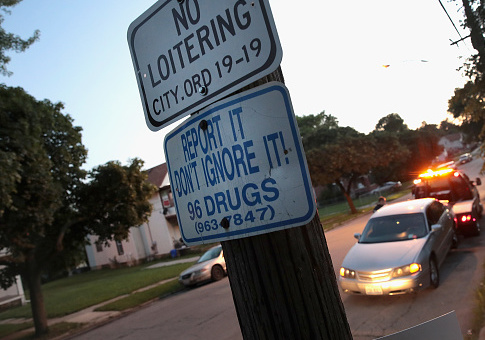The opioid crisis cost the American economy half a trillion dollars in 2015, a new report released Monday from the President's Council of Economic Advisers (CEA) estimated.
That number, which is 2.8 percent of GDP in 2015, is six times larger than the most recent previous report had indicated, the CEA concluded. In their analysis, the CEA considered the cost of the more than 33,000 opioid deaths in 2015, including compensation for suspected underreporting in those deaths.
The opioid epidemic, which President Donald Trump designated a public health crisis last month, was the number one cause of drug overdose death in 2016. Drug overdose death is the leading cause of injury death in the United States, and the leading overall cause of death among Americans under 50.
Previous analyses of the epidemic's economic impact have failed to take these death rates into account. Those older analyses, the CEA noted, have focused more narrowly on the costs of opioid abuse to the health-care system, or added to that number costs in lost earnings or to the criminal justice system. The most recent such study found a total cost of $78.5 billion.
The new report, however, takes advantage of a commonly used economic tool, the value of a statistical life (VSL), to estimate the cost of the opioid epidemic based on the number of fatalities it has incurred. Using that approach, the report finds an estimated cost of opioid fatalities alone of between $220 billion and $549 billion. On top of that range, the CEA factors in estimates of non-fatality related costs—about $70 billion—to reach the $500 billion estimate.
The report also compensates for what it suggests is chronic underreporting of opioid overdose deaths: one study suggested that in 2014 opioid-induced deaths were 24 percent higher than initially reported.
These already high costs are likely only to increase in coming years. Opioid-related deaths surged in 2016, thanks in large part to the highly potent opioid fentanyl. The Drug Enforcement Administration recently took steps to curb the importation of analogues of that drug. Things do not appear to be getting better in 2017: a top CDC official called the crisis "one of the few public health problems that is getting worse instead of better" in October.
